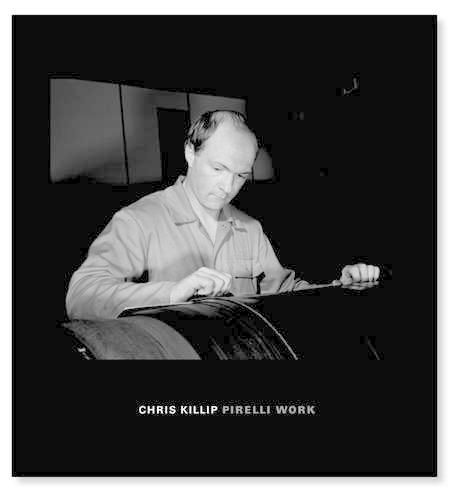Readings Newsletter
Become a Readings Member to make your shopping experience even easier.
Sign in or sign up for free!
You’re not far away from qualifying for FREE standard shipping within Australia
You’ve qualified for FREE standard shipping within Australia
The cart is loading…






I wanted to show the manufacturing process as clearly as I could, and to do so in this factory meant it would have to be lit. Ironically, my stubbornness in trying to avoid lighting would now have its own unexpected rewards. Because of the desperate amount of time that I had spent there, I knew in a visual way the processes of the factory; the rhythms and cycles of the machines, the movement and steps that the op - erators had to take, the movement that the processes pre - determined for them. I began again, re-photographing the factory using lights, sometimes three or four lights triggered by remote control devices. The main light, which was the one balanced to light the subject, was often held on a pole by my friend, away from the camera, mimicking the fashion tech - niques that I knew from my past. I now understood and knew what I wanted to do. The workplace had become, in a real sense for me, a theater and I embraced the look of these new photographs with their relation to fashion, film noir, and even Soviet realism. For me this look seemed a more telling way to record and document this enforced ritual. Chris Killip
$9.00 standard shipping within Australia
FREE standard shipping within Australia for orders over $100.00
Express & International shipping calculated at checkout
I wanted to show the manufacturing process as clearly as I could, and to do so in this factory meant it would have to be lit. Ironically, my stubbornness in trying to avoid lighting would now have its own unexpected rewards. Because of the desperate amount of time that I had spent there, I knew in a visual way the processes of the factory; the rhythms and cycles of the machines, the movement and steps that the op - erators had to take, the movement that the processes pre - determined for them. I began again, re-photographing the factory using lights, sometimes three or four lights triggered by remote control devices. The main light, which was the one balanced to light the subject, was often held on a pole by my friend, away from the camera, mimicking the fashion tech - niques that I knew from my past. I now understood and knew what I wanted to do. The workplace had become, in a real sense for me, a theater and I embraced the look of these new photographs with their relation to fashion, film noir, and even Soviet realism. For me this look seemed a more telling way to record and document this enforced ritual. Chris Killip